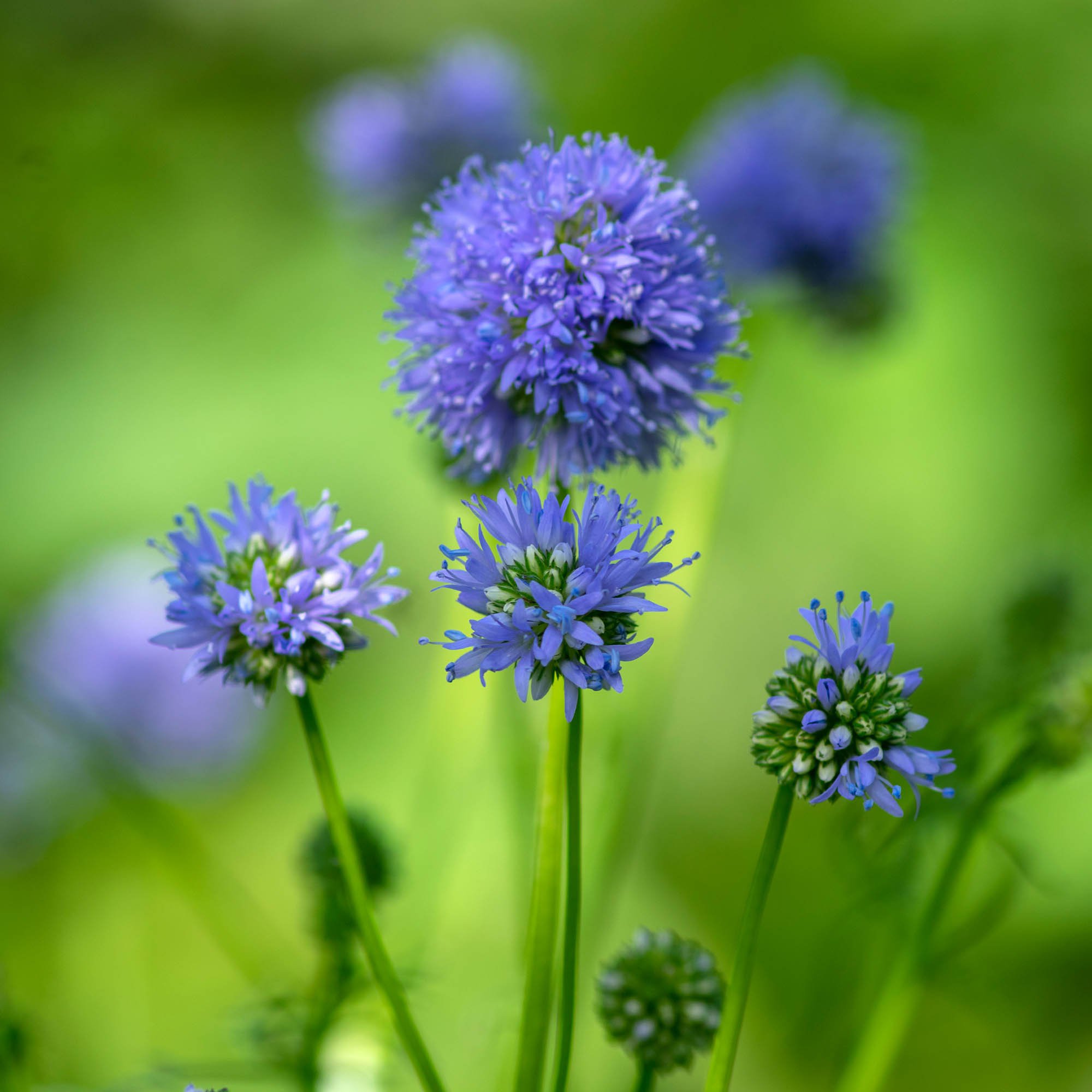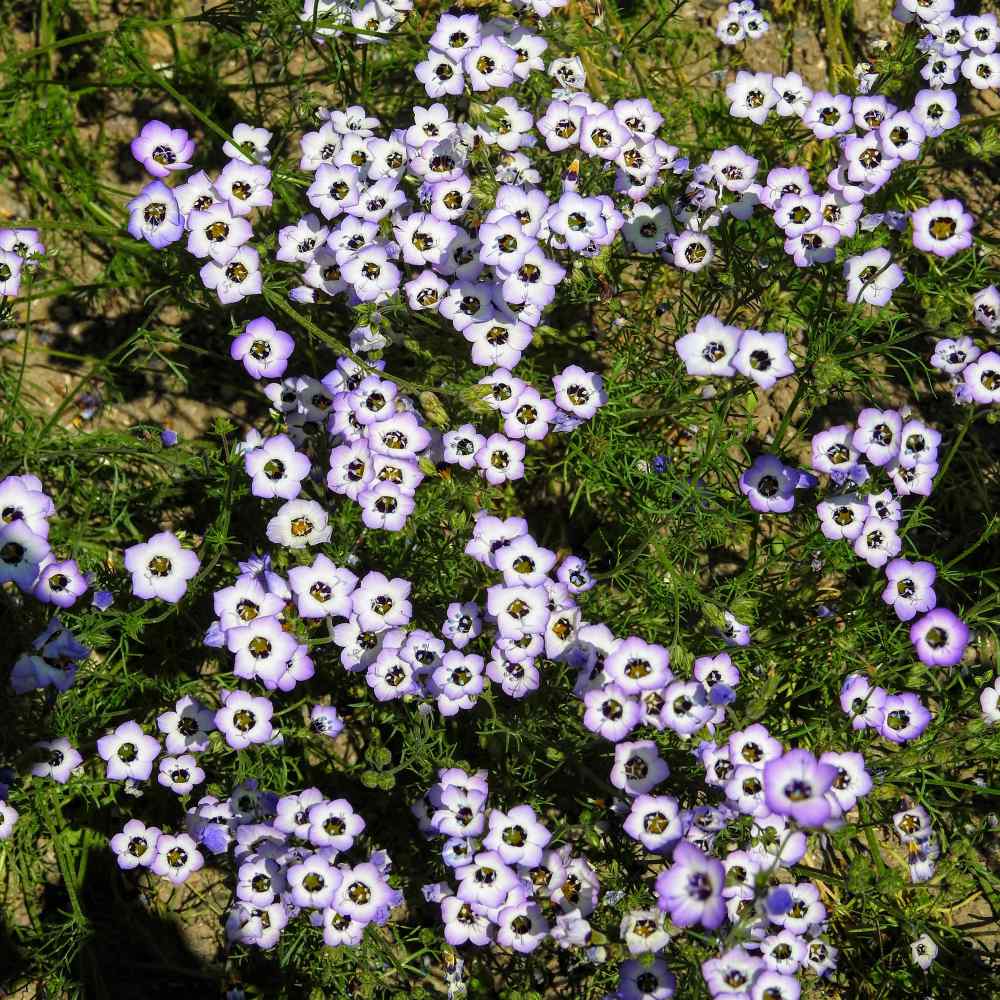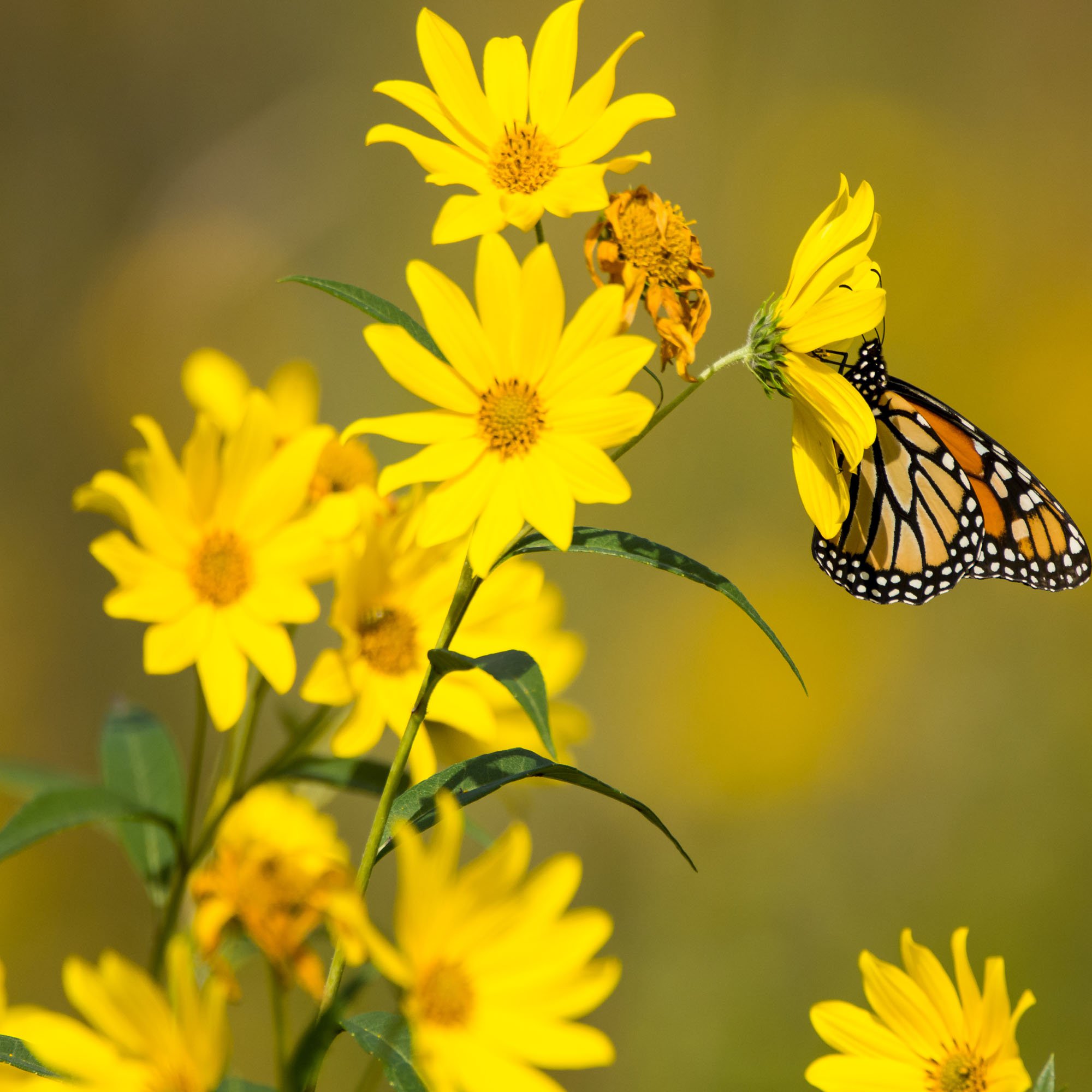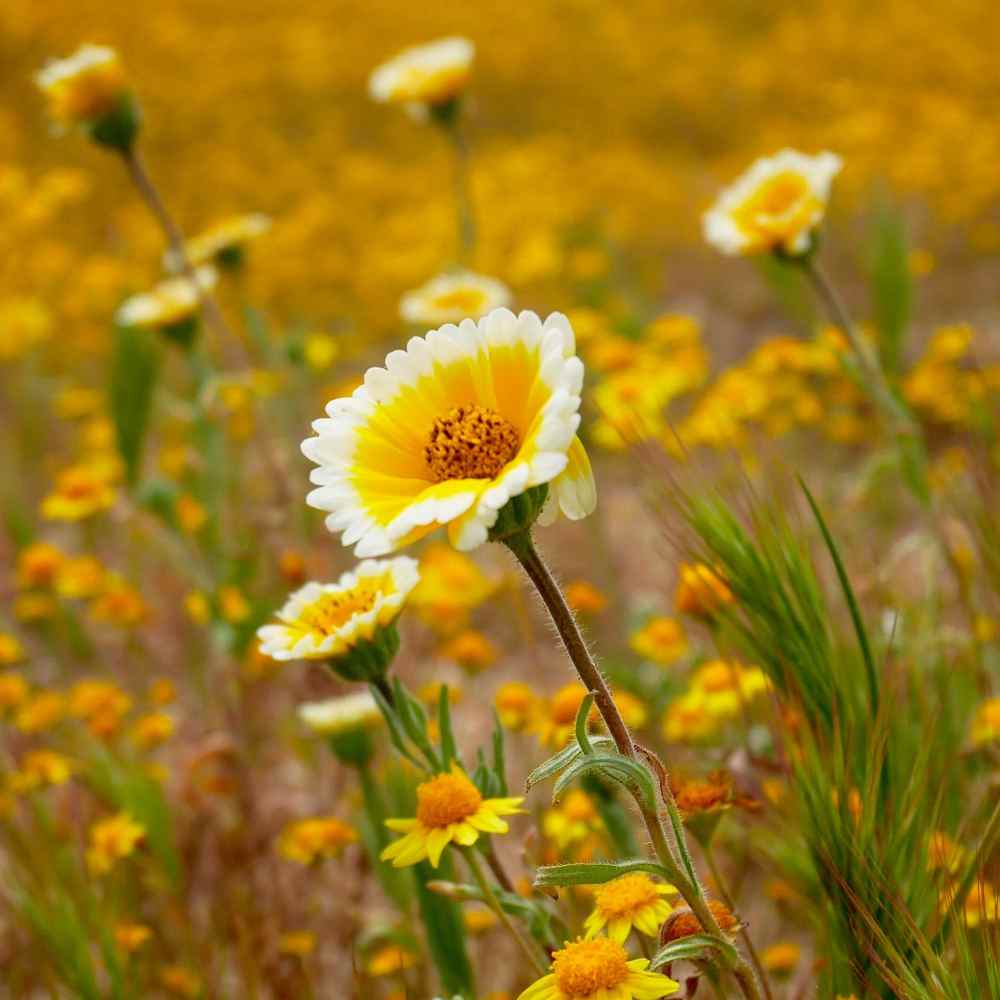
Gilia Planting and Care Guide
Quick Facts About Gilia
Both Gilia capitata and Gilia tricolor are unique looking native wildflowers that are commonly found on the West Coast in the U.S. Gilia tricolor is commonly called Bird's Eyes, and these annuals have a long bloom season and are rich in nector, attracting bees, butterflies, and hummingbirds. Gilia capitata are known as Globe Gilia or Queen Anne's Thimbles. They resemble a pin cushion and have a sweet scent that attracts pollinators.
Planting Time
Gilia flower seeds can be directly started outdoors in the late fall or early spring - experiencing cold temperatures will help with germination. If the seeds are started indoors, a cold treatment is needed.

Planting Location
Gilia plants need full sun and well-draining soil. The plants will adapt to dry, sandy, rocky conditions.
How to Plant Gilia
- Prepare the Gilia seeds for planting by putting the seeds in with some dampened soil or sand and keeping the seed/soil mix in the refrigerator for 30 days
- After the cold period, start the flower seeds in peat pots
- Sow the seeds onto the soil surface and press them into the soil
- Keep moist and warm for germination
- Harden off the seedlings for 7 - 10 days prior to transplanting out
- Plant the peat pot so that the roots are not disturbed
- Or, work the garden soil 6 inches in depth
- Add some compost to improve drainage
- Scatter the flower seeds on the surface and press them into the ground
- Keep the seeds moist for germination
- Thin to the strongest plant about 12 inches apart

Care And Maintenance
- Gilia needs consistent moisture to establish
- Once established, it become drought tolerant and too much water will promote disease
- Provide some protection from wind
- For cut flowers for the vase, cut the long stems when the flowers have just opened
- Gilia will self-sow




































